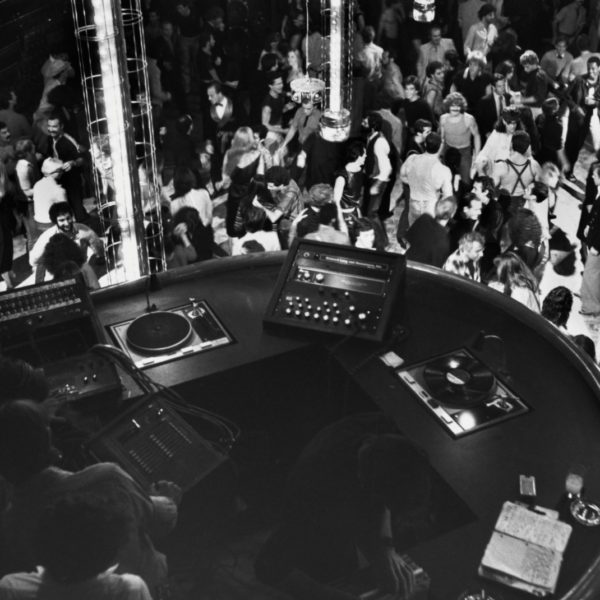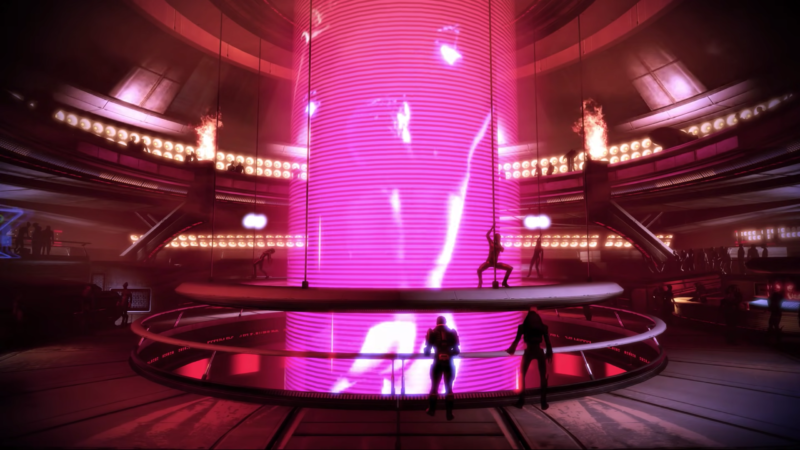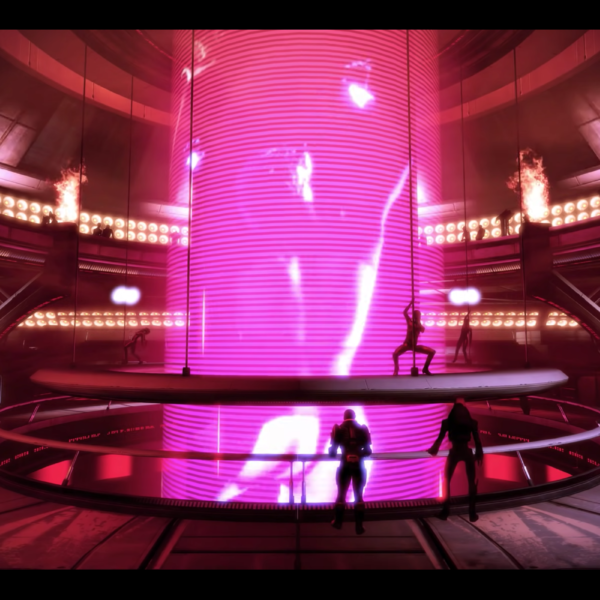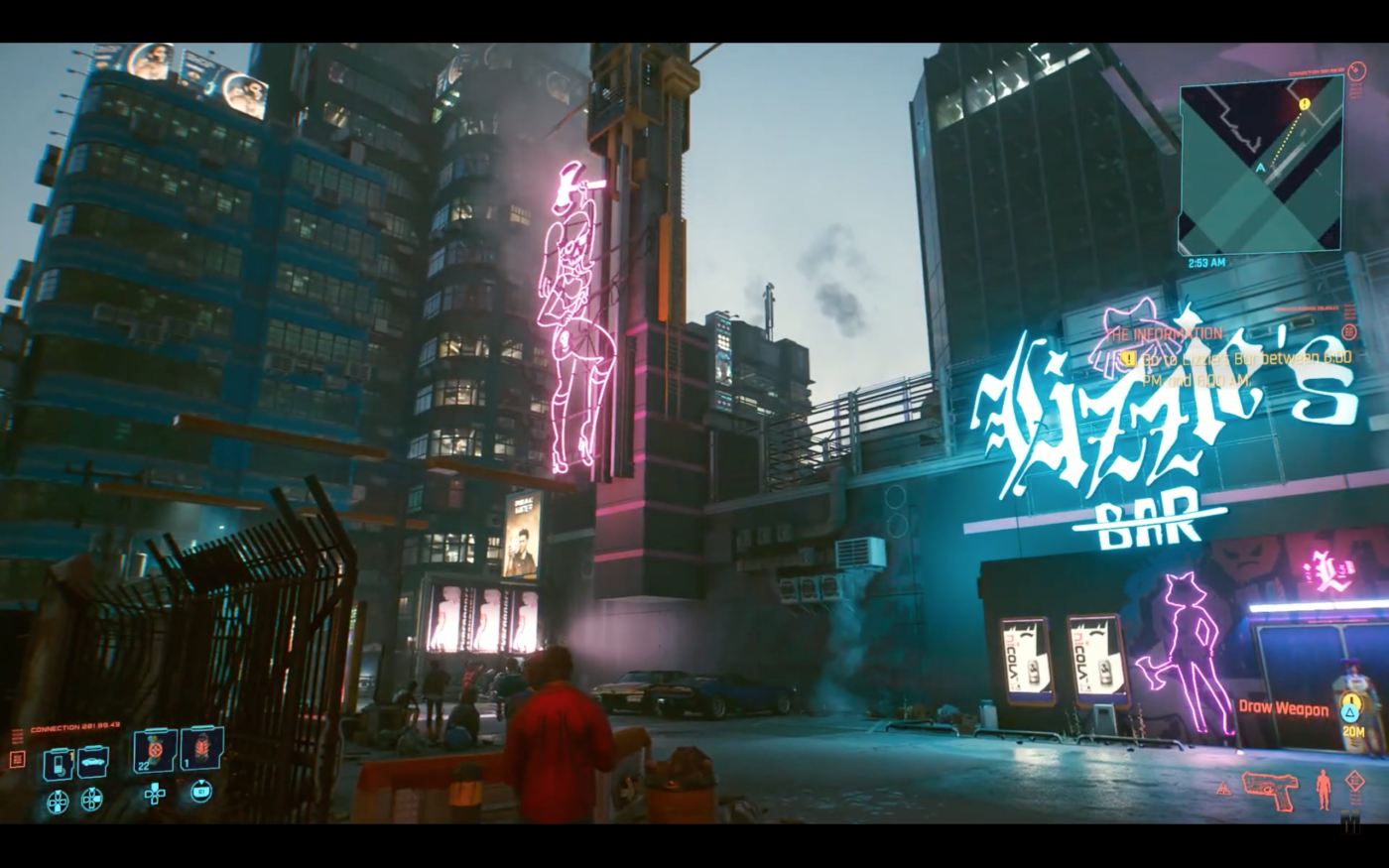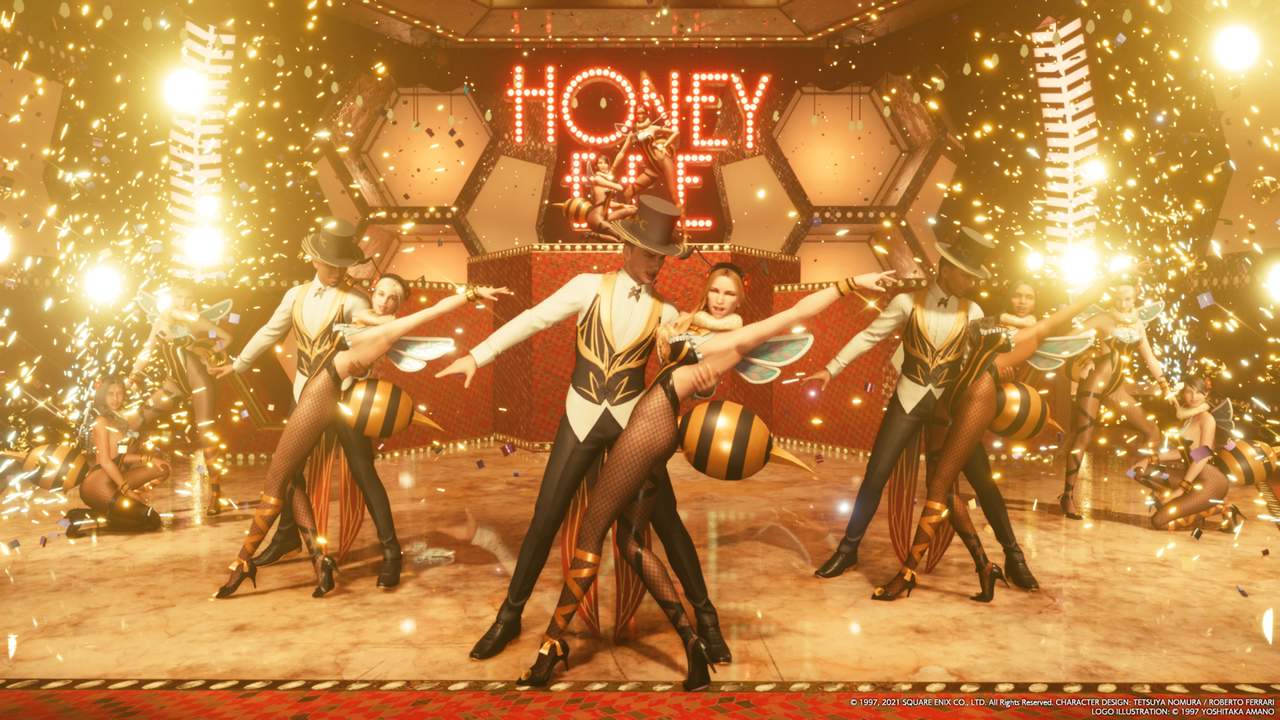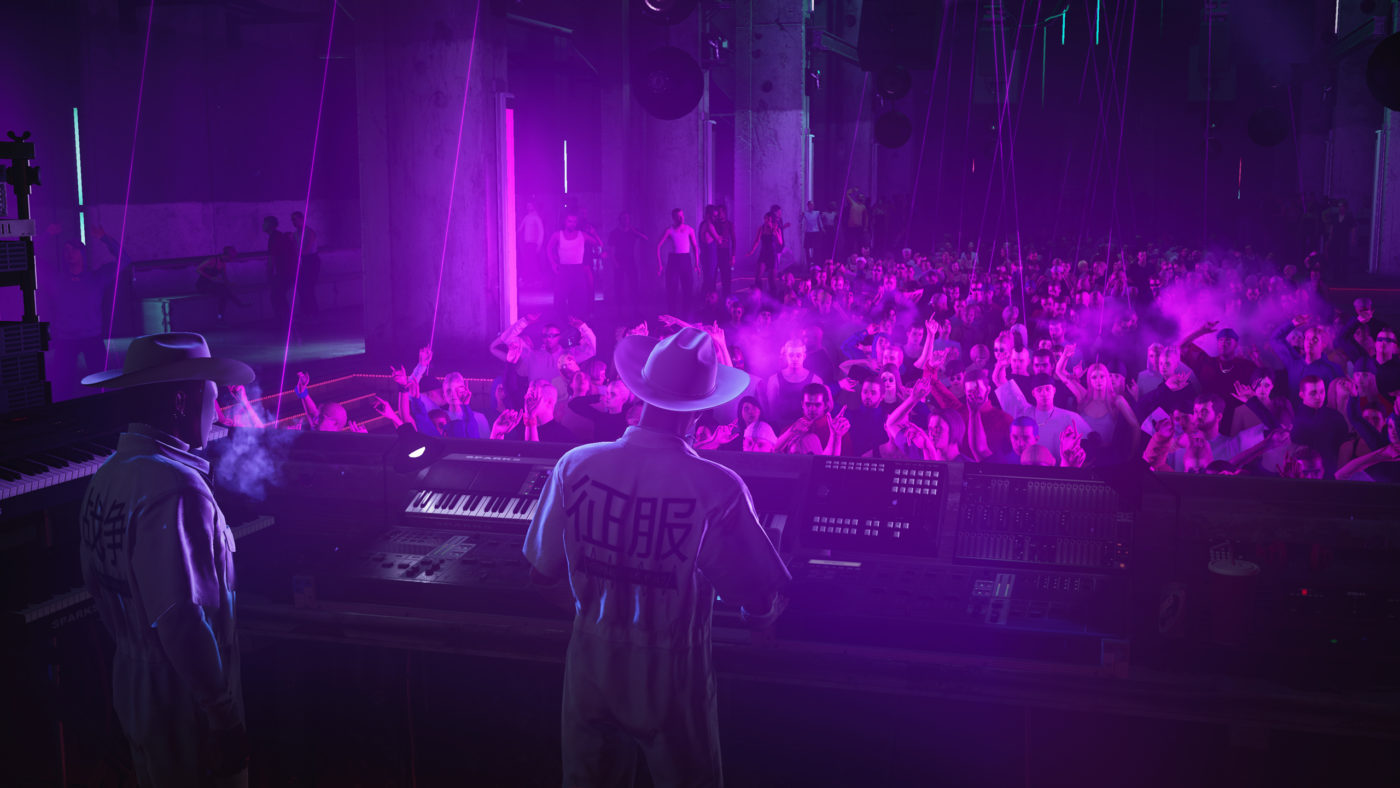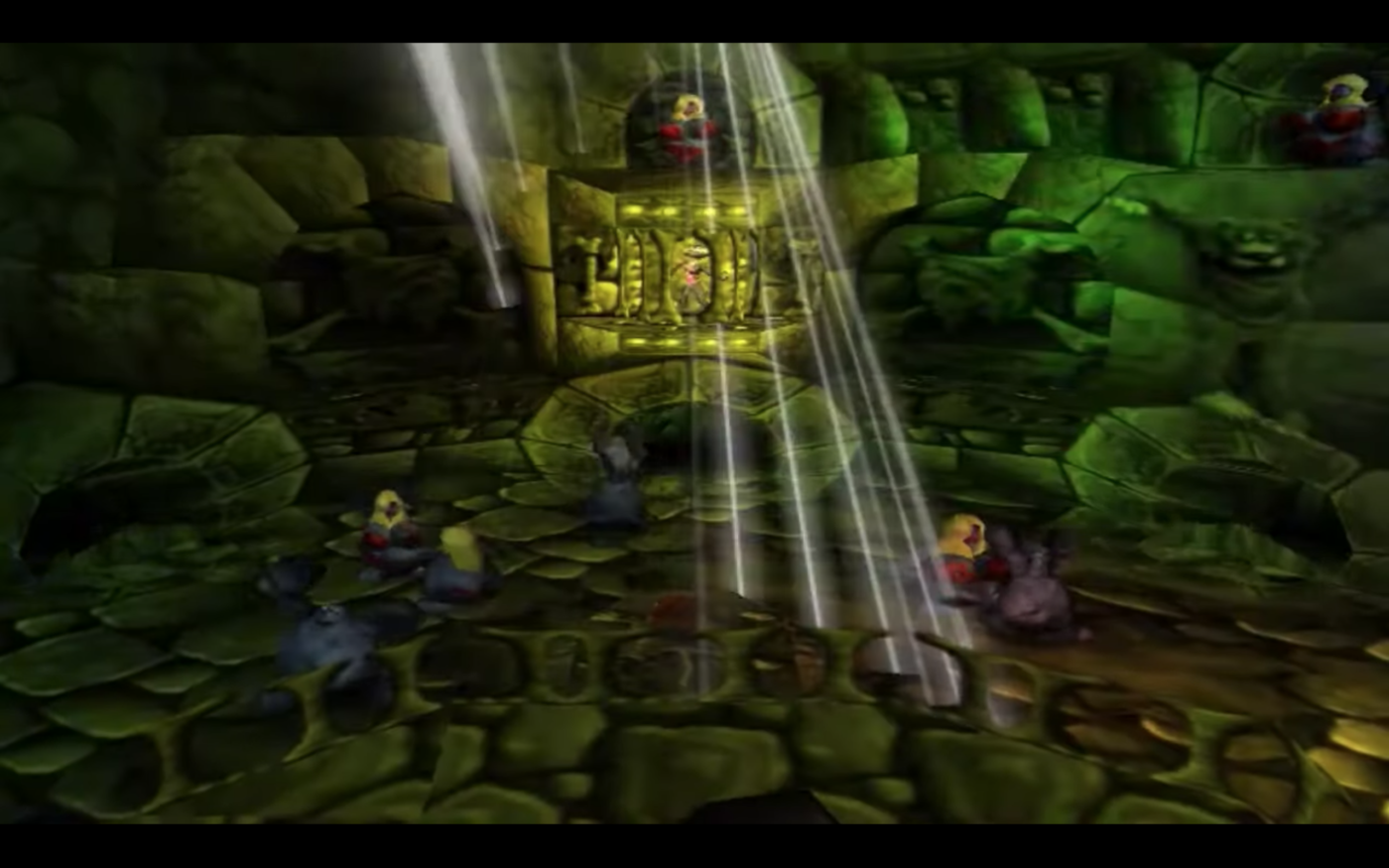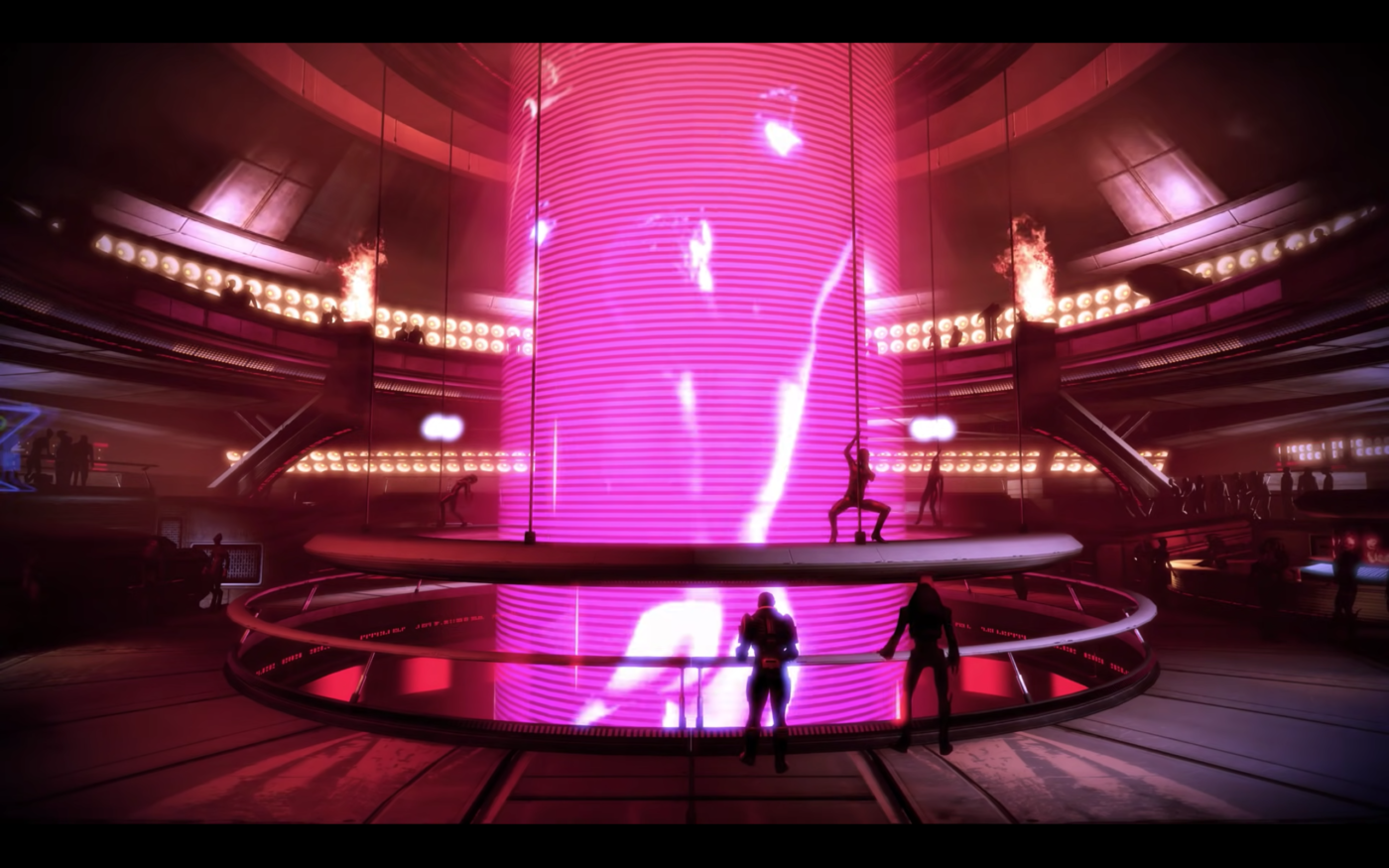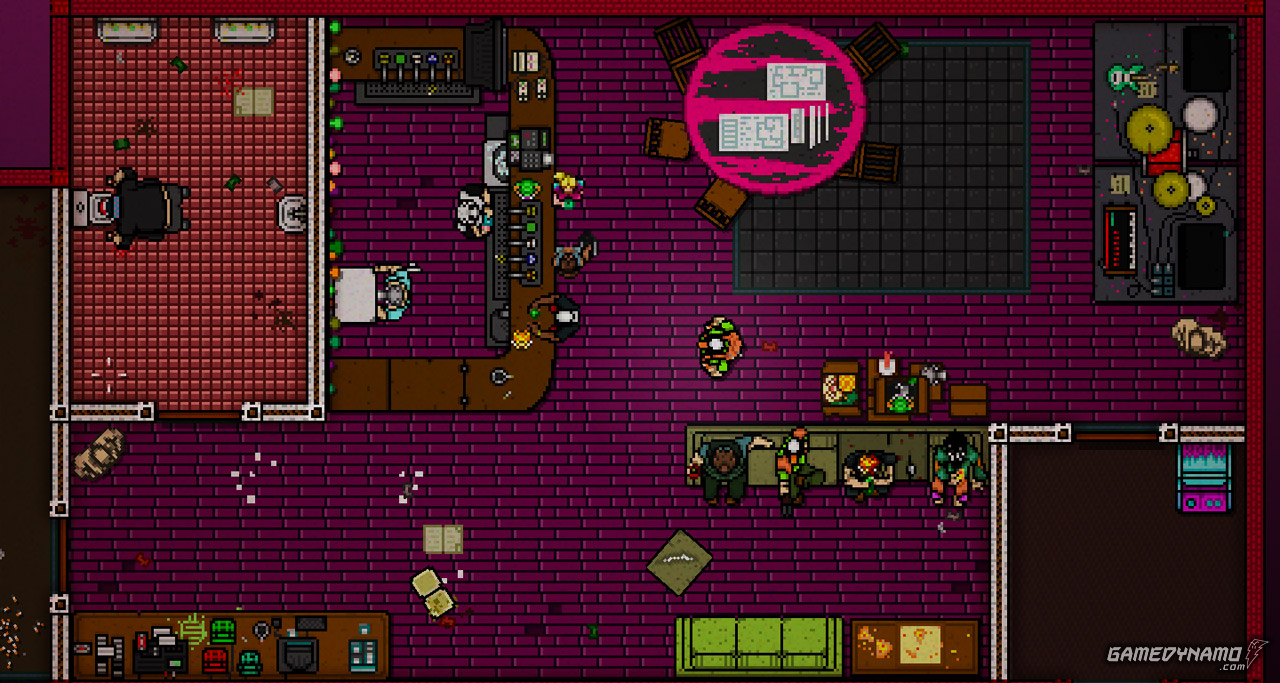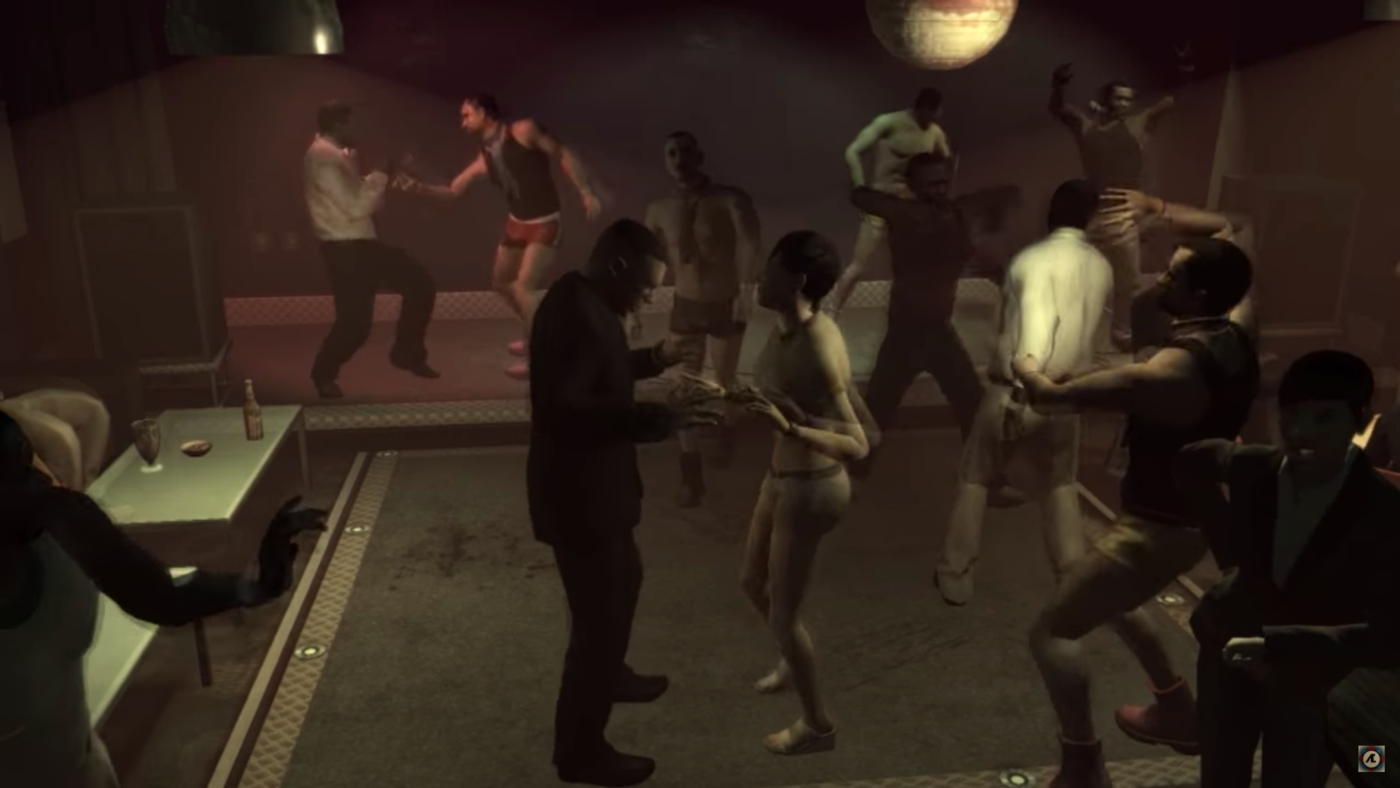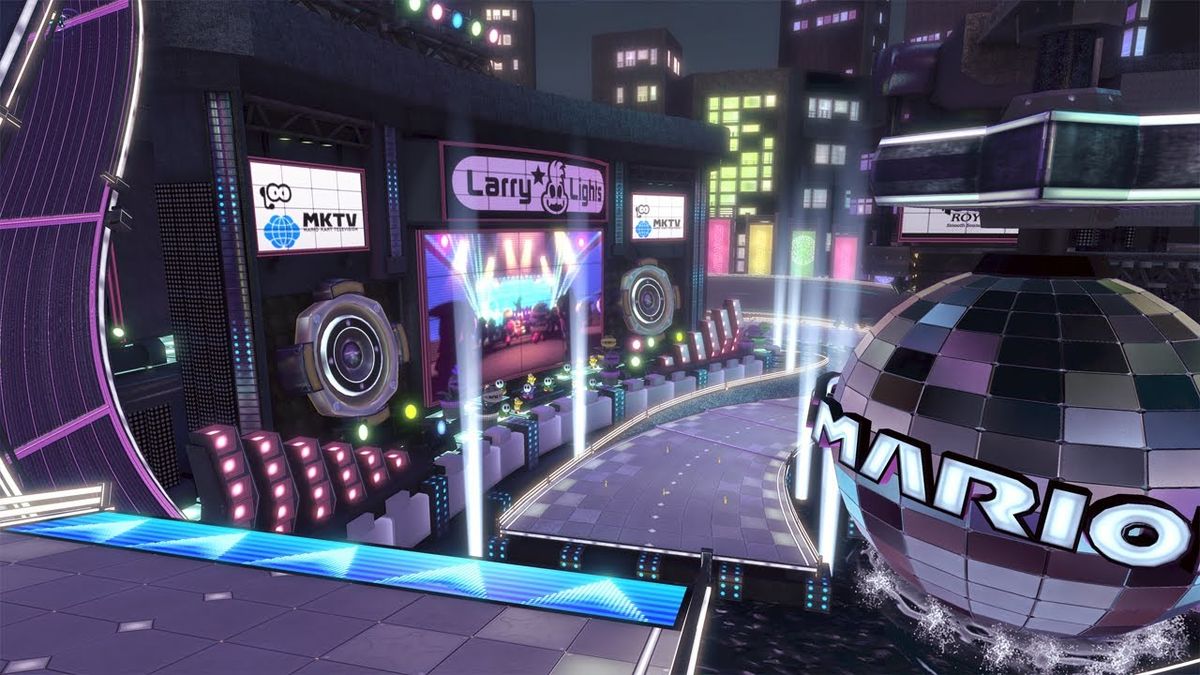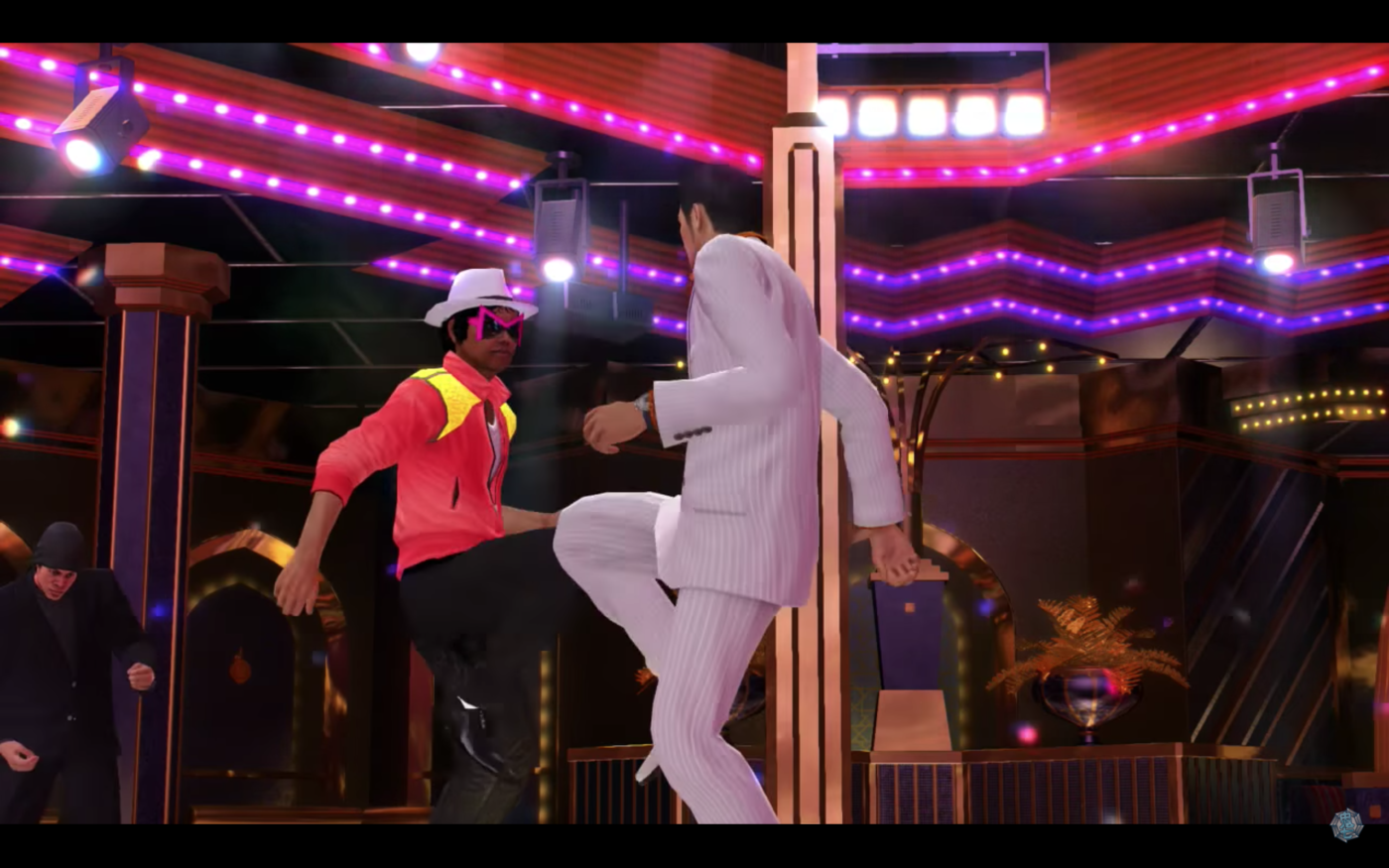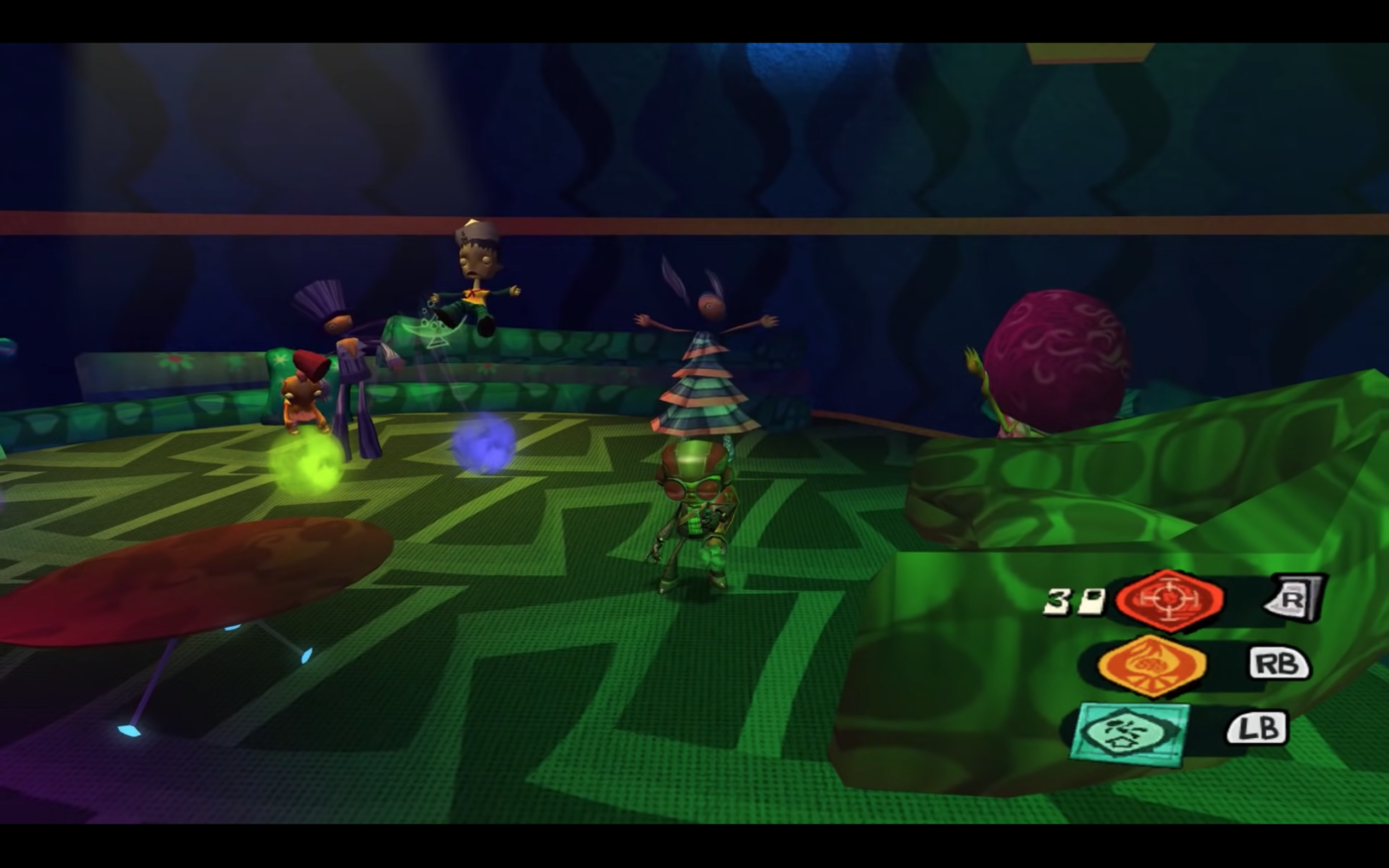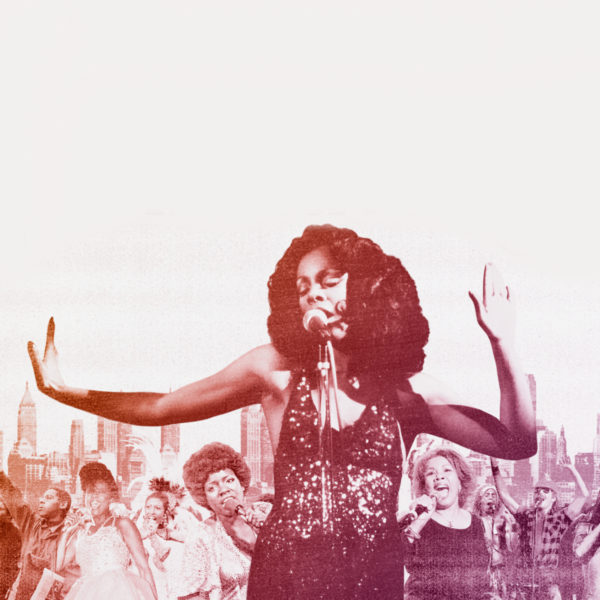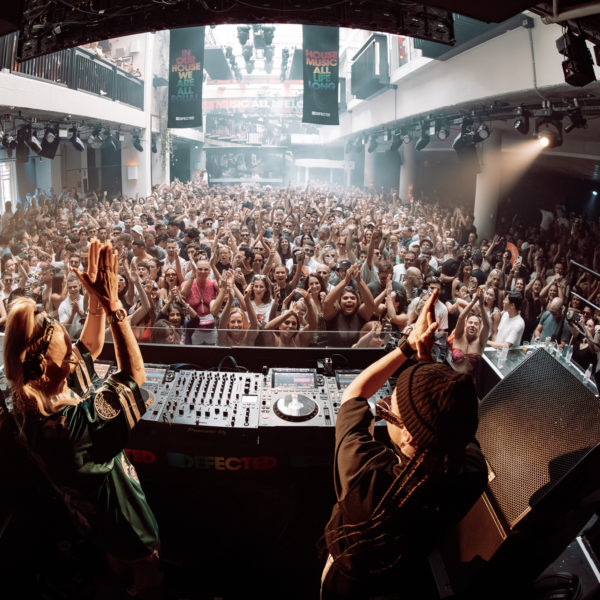Content warning: Violence, drug use.
Things you do in real clubs: dance, drink, talk to friends, lose your phone, spend too much money. Enjoy the music. Don’t enjoy the music.
Things you do in video game clubs: dive through a glass window in slow-motion while taking out bad guys with twin glocks. Cross-dress in an acrobatic dance-off to save your girlfriend’s life. Use a high-tech drug that lets you experience other people’s memories. Assassinate the DJ then take his place just as the beat drops and the crowd goes wild.
In the virtual spaces of gaming, anything goes and your actions have no consequences. Your wildest impulses can run riot; you can create chaos just to see what happens. Game designers are always seeking exciting locations to let players run amok, and the sensory overload of the club has proven an irresistible lure dozens of times.
For decades, club music featured in games has been a gateway to real-life culture, from the pumping rave music that soundtracked 1990s racing games Wipeout and Ridge Racer to the Grand Theft Auto series, whose radio stations boast expert selections of house, techno and soulful club classics.
Early depictions of clubs in games were fairly ropey—characters danced jerkily to braindead disco loops, only ever waiting for shootouts to kick off. These clubs were the stomping grounds of hedonists, cultists, henchmen and ruling elites, all of them cannon fodder.
Yet as the medium has matured, clubs in games have become increasingly sophisticated, developers’ imaginations running wild to build discos on the far side of the galaxy or metaphoric dance floors deep inside the human psyche. They are often home to compelling gameplay and brilliant narrative sequences.
Here are ten of the best clubs in gaming history.
